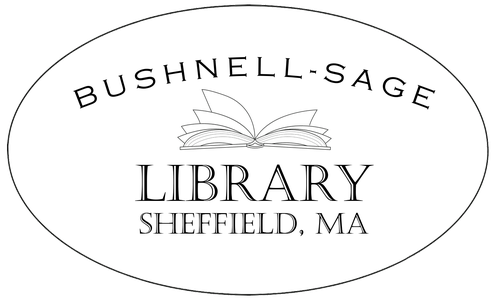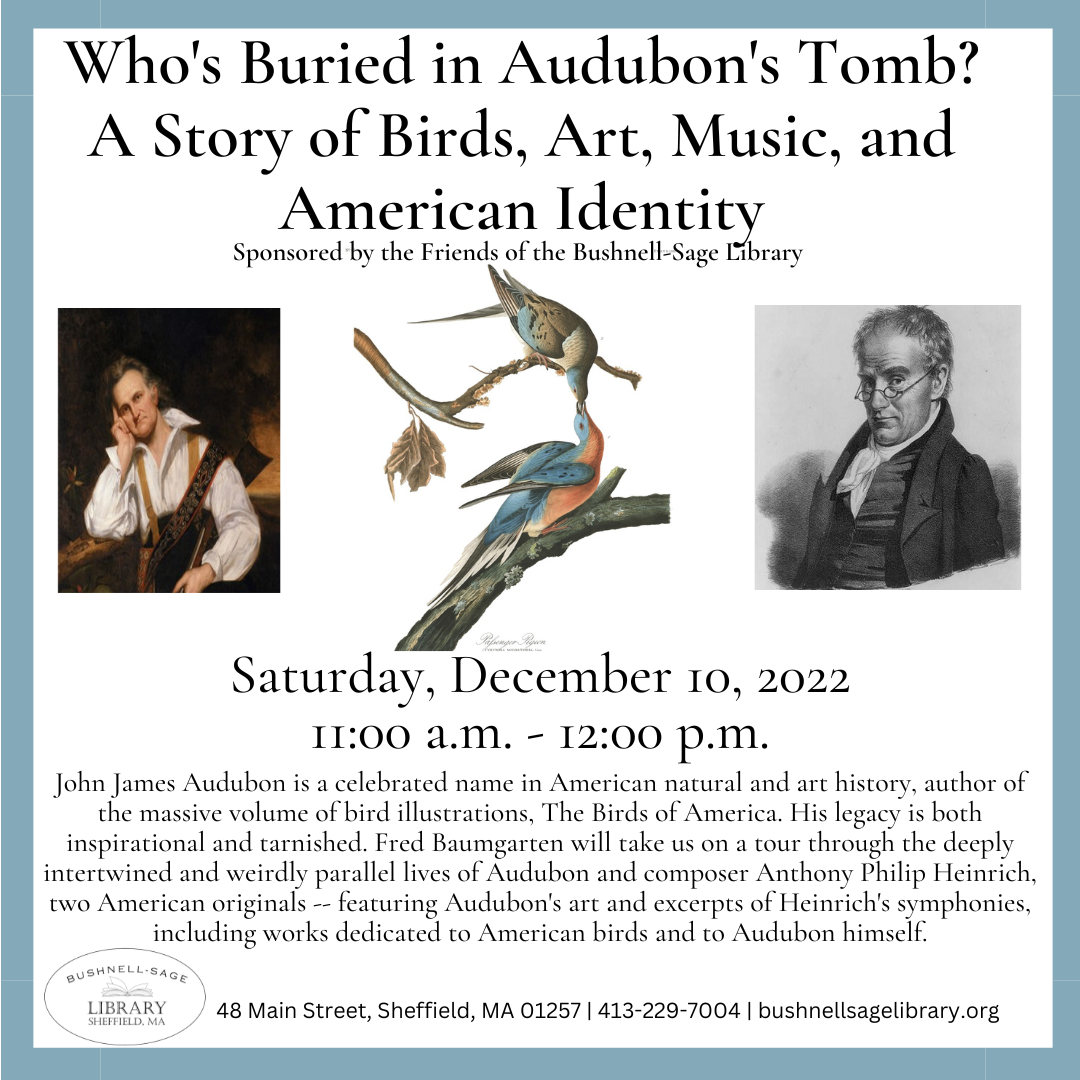John James Audubon is a celebrated name in American natural and art history, author of the massive volume of bird illustrations, The Birds of America. His legacy is both inspirational and tarnished. He produced timeless work, yet owed some of his success to the African people he enslaved. He came to progressive conclusions about threats to birds and habitat even as he held regressive views about non-White races. At the end of his life, already a celebrity in his time, he was interred in New York City in the area now known as Audubon Park. In contrast, the composer Anthony Philip Heinrich, who at his height was called "The Beethoven of America," is virtually unknown today. When he died, penniless, in a New York flat, he was given a berth in the Audubon burial vault by John's widow, Lucy. Take a tour through the deeply intertwined and weirdly parallel lives of these two American originals -- featuring Audubon's art and excerpts of Heinrich's symphonies, including works dedicated to American birds and to Audubon himself.
Fred Baumgarten has devoted the better part of a quarter of a century researching the stranger-than-fiction connections between Audubon and Heinrich and their respective lives. The results were published in the book "The Western Minstrel: Voyages through the Life and Music of Anthony Philip Heinrich" (Dvorak Society of the U.K., 2020) and several journal articles. A former resident of nearby Sharon, CT, Fred spent 20 years on the staff of the National Audubon Society and currently works at Mount Holyoke College in South Hadley, MA.




















